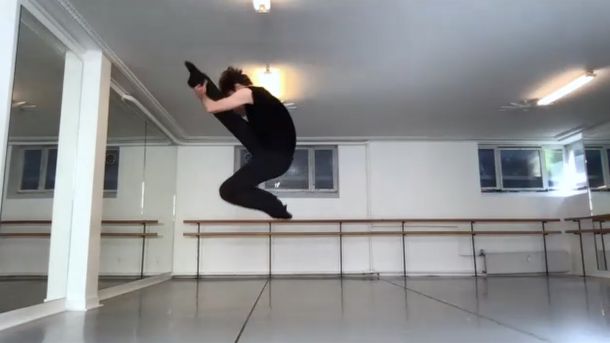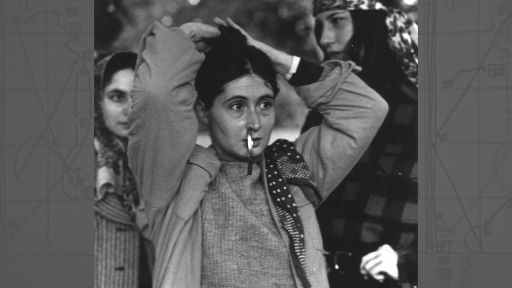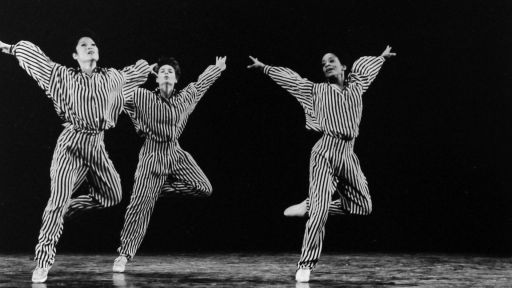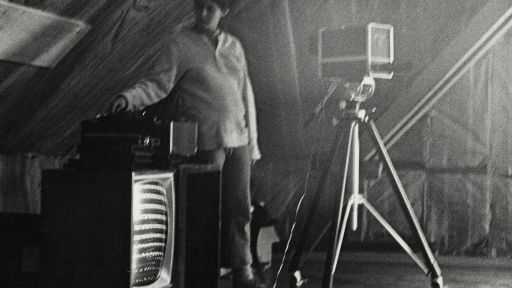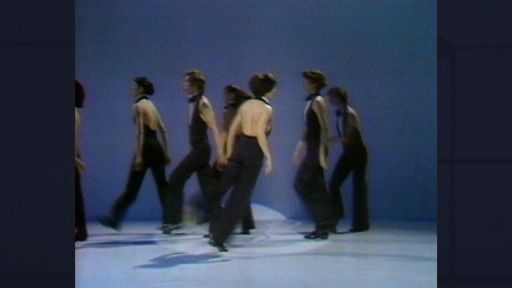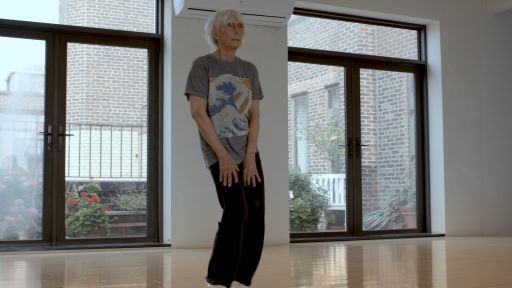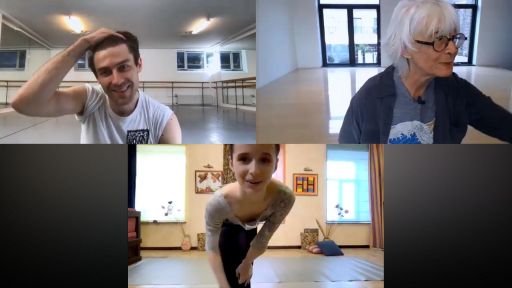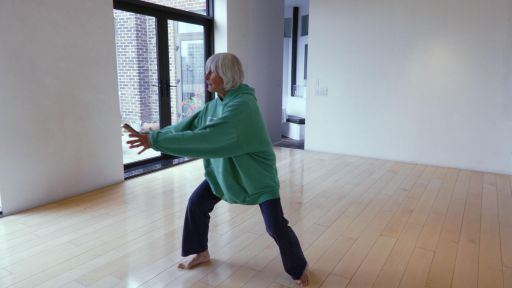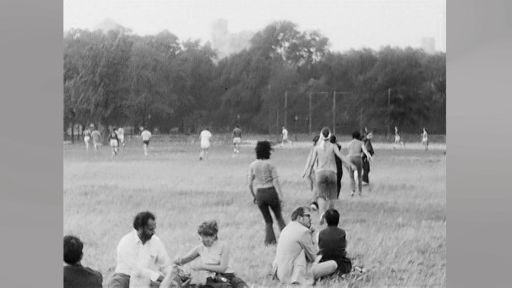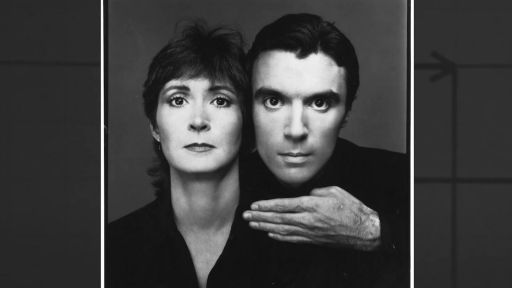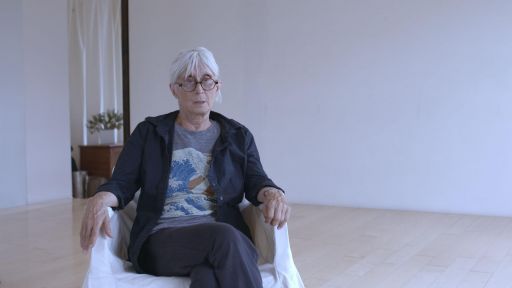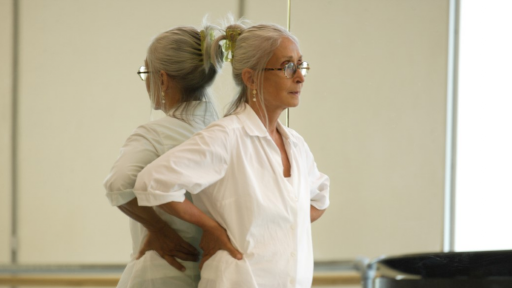Excerpted from Keep It Moving: Lessons for the Rest of Your Life by Twyla Tharp
Courtesy of Simon & Schuster
Twenty years ago, I wrote a book called “The Creative Habit,” sharing the message that we can all live creative lives if only we could stop waiting for a muse to arrive with divine inspiration and instead just get down to work. In other words, you too can be more creative if you are willing to sweat a little. This message still resonates when I lecture. But, interestingly, the question I am most often asked after a talk these days is on a different topic entirely: “How do you keep working?” The subtext here, sotto voce, is “. . . at your age?” Which is seventy-eight.
To me it is simple. I continue to work as I always have, expecting each day to build on the one before. And I do not see why I should not continue to work in this spirit.
“Keep It Moving” is intended to encourage those who wish to maintain their prime a very long time. Like most books of practical advice, it identifies a “disease” and offers a cure. That disease, simply put, is our fear of time passing and the resulting aging process. The remedy? The book in your hands.
I flirted with the idea of calling this book “The Youth Habit.” I liked the suggestion that youth’s virtues could be easily transplanted into our post youth years if only we followed a routine: take the stairs, use sunscreen, ingest more omega-3s and fewer omega-6s, don’t shortchange yourself on sleep. Cut out sugar, do something nice for someone else daily, floss, read more, watch less, love the one you’re with, and it’s okay to drink wine (until the next study says it isn’t). Sounded like a bestseller to me.
But if experience has taught me anything, it’s that chasing youth is a losing proposition. There’s little benefit in looking back, at least not with yearning or nostalgia or any other melancholy humor. To look back is to cling to something well over and behind you. We don’t lose youth. Youth stays put. We move on. We need to face the fact that aging will happen to us along with everybody else and just get on with it. Growing older is a strange stew of hope, despair, courage — still I think you will agree — it is light-years ahead of the alternative.
I don’t promise eternal youth in “Keep It Moving.” I have no interest in sugarcoating the aging process. What I believe in is change and the vitality it brings. Vitality means moving through life with energy and vigor, making deliberate choices and putting to good use the time and energy that we have been granted. You have, no doubt, seen people in their late seventies or even into their nineties who don’t seem worn out by their years but instead welcome the opportunity to be truly present in their bodies and in their minds. Instead of stubbornly staying on known paths, afraid to stray, they look at what comes next with curiosity, expanding into whatever it may be.
So, no, this book is not “The Youth Habit.” Nor is it “The Creative Habit” — which promotes regularity in living and working — because as we grow older, it is just as important to break habits as it is to make them.
I want to reprogram how you think about aging by getting rid of two corrosive ideas. First, that you need to emulate youth, resolving to live in a corner of the denial closet marked “reserved for aged.” Second, that your life must contract with time. Let’s start by breaking some old thought patterns.
I’ve danced my entire life (and still do) and I’ve spent time with many great performers. For these dancers and athletes, the passage of time presents mostly difficult realities. The jump declines, speed diminishes, flexibility is challenged. And fear of decline and irrelevance starts early.
Years ago, I was sitting in a coffee shop with a dancer of remarkable talents, Mikhail Baryshnikov. We had just finished one of the early rehearsals for “Push Comes to Shove,” a ballet I wrote for him. Even then it was clear that he was a phenomenon, one of the very greatest classical dancers of the twentieth century. Though he was in his prime, he was looking morose as we drank our coffee. I asked him, “Misha, what’s the matter? You don’t like what we’re doing?” No, he said, he loved what we were doing; “But,” he added, “soon we will be old.” He was all of twenty-seven. And yet I understood.
For dancers, aging is ever in front of us as we work. We face it each time we enter the studio, one day older than the day before. But who among us in the civilian population has not shared the feeling that they, too, will be finished by forty? It needles when things don’t work the way they used to. And it doesn’t help that, gradually, as joints begin to ache and memory to slip, we are bombarded by negative messages from our culture. Older adults are frequently portrayed as out of touch, useless, feeble, incompetent, pitiful, and irrelevant. Sadly, these dismal expectations can become self-fulfilling, creating the bias that fuels our roaring age industry — pills, diets, special cosmetics, surgery — all promising to send time reeling backward. But no. Time goes only one way: forward.
The result? Frustration becomes a habit. Little indignities become a reason to rant and complain. But that scenario will bleed out your spirit, take away your resiliencies. If you go into situations always expecting to be cheated or deprived, you’ll likely find ways to tell yourself that is exactly what has happened. Don’t go searching for things that confirm or fuel your sense of indignation. It will become a default mind-set promoting more of the same.
Let’s agree: Age is not the enemy. Stagnation is the enemy. Complacency is the enemy. Stasis is the enemy. Attempting to maintain the status quo, smoothing our skin, and keeping our tummies trim become distractions that obscure a larger truth. Attempting to freeze your life in time at any point is totally destructive to the prospect of a life lived well and fully. All animate creatures are destroyed when frozen. They do not move. This is not a worthy goal.
However, the forces that create inertia in our lives are difficult to resist for they are hardwired into us. People prefer to keep going along as they always have rather than make a decision that would knock them out of their groove, even when it would be relatively easy to change course. Behavioral scientists refer to this as status quo bias. We succumb to this bias with habits large and small, from an inability to give up our three cups of coffee a day to staying with a partner long after it’s clear that the relationship is over. The devil best known becomes our buddy.
Along with status quo bias, there is another habit I’d like to undo. As we get older and our bodies enjoy less natural freedom of movement, we tend to take up less space, both physically and metaphorically. Here’s the endpoint of this tendency: our backs arch forward, no longer straight and long. Our steps shorten from a stride to a shuffle. Our vision narrows, slowly erasing the periphery, leaving only what’s in front of our nose. No wonder we prefer remaining at home, our life lived in fewer and fewer rooms. We let our bodies constrict, inviting the world around us to close in.
The mind will follow the body’s contraction. On this path, our concerns narrow down to the most elemental functions: what to eat, getting enough sleep, keeping an appointment.
Contraction is not inevitable. You can resist and reverse.

